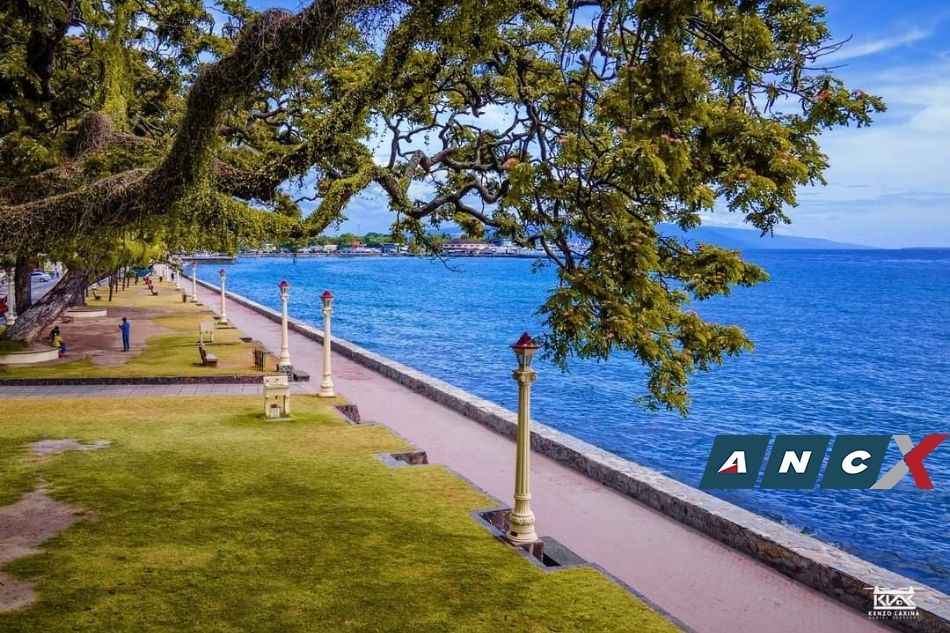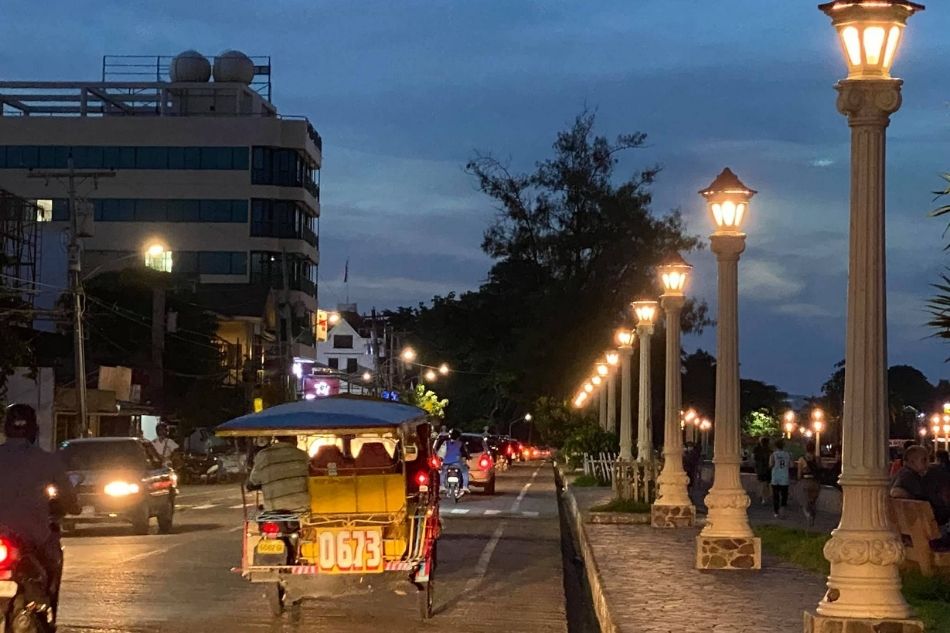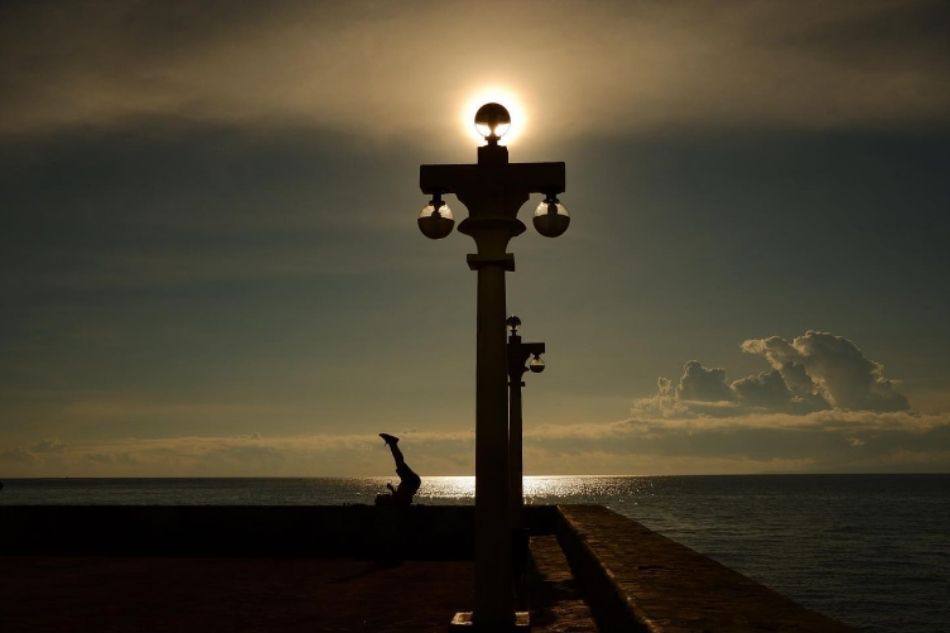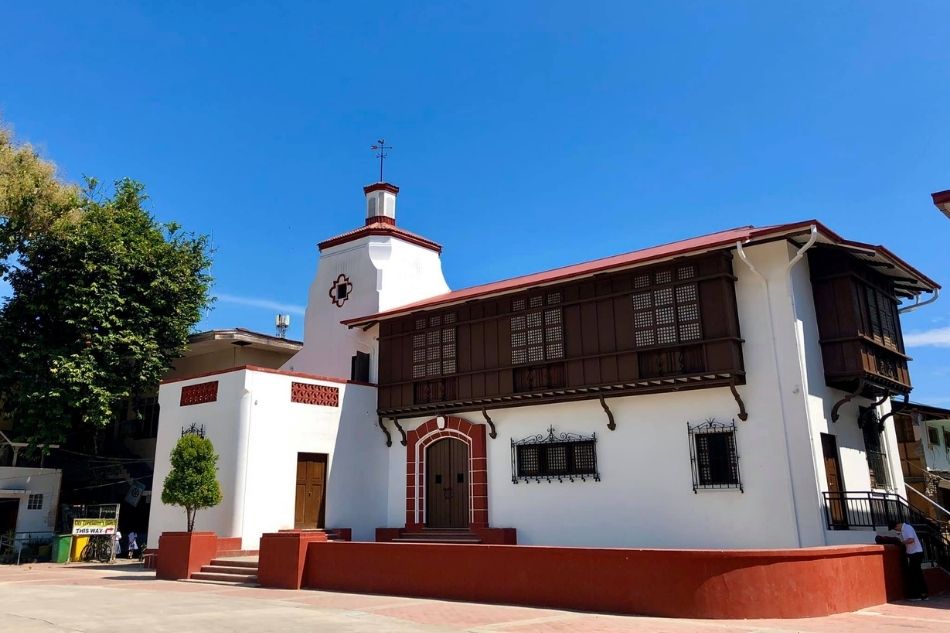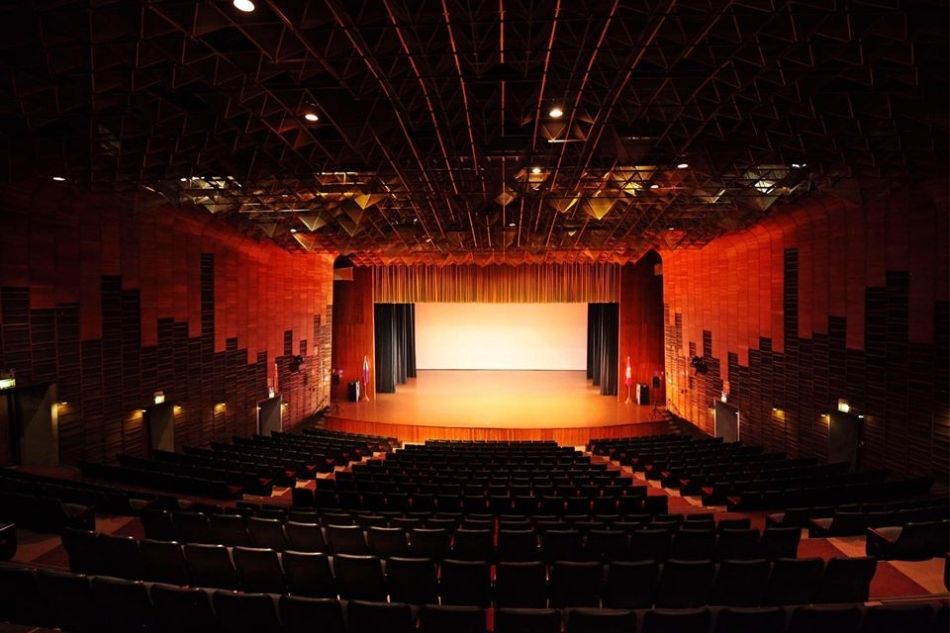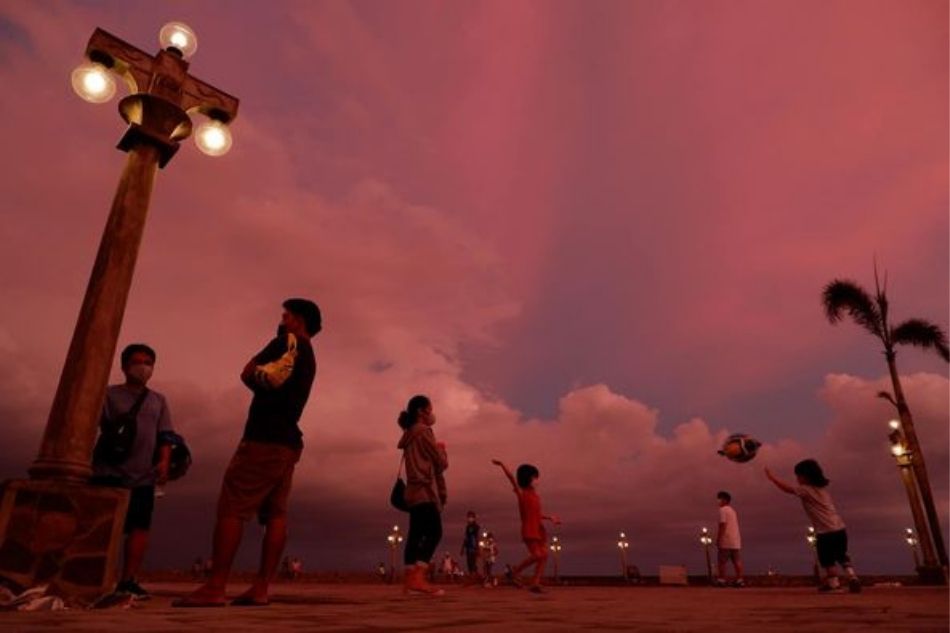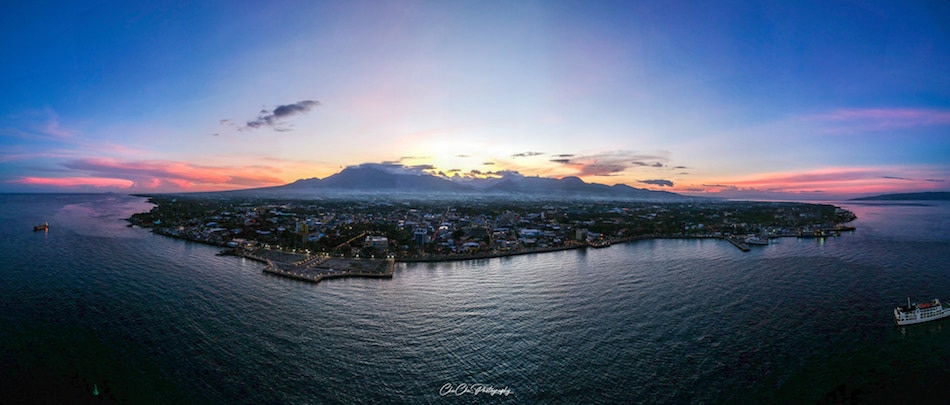There is the Dumaguete for the visitor, and there is the Dumaguete for the Dumagueteño—and almost always, both can be poles apart in the consideration of things we find “charming” about the place. The Dumaguete native certainly knows what the visitor coming to the capital city of Negros Oriental will be bowled over with:
There is Silliman University, founded by American Presbyterian missionaries in 1901, its seaside campus graced by a mix of heritage buildings and new—one of which, the Claire Isabel McGill Luce Auditorium, the largest theatre outside of Metro Manila, makes it possible for Dumaguete to claim for itself the title of “Cultural Center of the South.”
There is the Rizal Boulevard, a stretch along the shoreline that comes with a promenade and park touched by both history and beauty. It was here that the National Hero who gives the place its name once strolled during a brief respite in his journey between Manila and Dapitan. In Rizal’s journal, he remarked on the outstanding gentility and beauty of the place. And the Boulevard is indeed a beauty. For the contemporary Dumagueteño, it is the city’s window to the world, a favorite place to hang out in or exercise in the morning, a perfect frame for our view of beautiful sunrises.
There is the nascent food culture, which has made the city fast becoming known as a culinary hub in the country—and visitors have been known to go to our painitan to sample our traditional breakfast of puto maya with tsokolate, and then spend the rest of their stay hopping around a food scene that’s impressive for its variety, especially for a small city.
There is the sports scene—with Dumaguete fast becoming known as being one of the best places in the country to host a variety of sporting events, with facilities to boot.
There is the vibrant art and culture scene, too. Dumaguete has long been considered a hub for writers, theatre artists, musicians, dancers, visual artists, filmmakers. A Wikipedia search of notable Dumagueteños would reveal a very long list of national and international luminaries for which the city is either hometown or haven.
And then there is the campanario—the centuries-old icon of the city that gives it historical heft. Before it became a church belfry, it was a watchtower, one of four that Fr. Jose Manuel Fernandez de Septien began building between 1755 and 1760 to surround the convento he was establishing, each one mounted with cannons to guard against the invading pirates from the south—for which Septien guaranteed, at least for a time, a village that was largely spared the mayhem that attended many Visayan shore towns in the 17th and 18h centuries. Out of this legend of invasions came the name of Dumaguete, ostensibly from “daguit,” which means “to kidnap,” which was how many inhabitants in centuries past were taken by pirates to be sold as slaves elsewhere.
These days, we’ve taken to the word “daguit” to mean “captivated”—a common story for visitors who come and find themselves staying, sometimes for a stretch and often for good. “Na-daguit ko sa Dumaguete,” is how they would describe the experience. I know of one friend who was on a boat bound for Manila from Mindanao, which had a brief stopover in Dumaguete: he went out to stretch his legs, did a quick tour of town, came back to the boat, got his bags, and decided to stay. He’s still here. This is actually a very common story.
I remember the American writer Tim Tomlinson going for a diving vacation in Apo Island without prior knowledge of Dumaguete. “When I passed through the place,” he told me, “something struck me about it as a haven for writers for some reason.” Once he got back to Manila, he asked a poet friend, “What do you know about Dumaguete?” And that’s when he got to know a bit of Oriental Negrense literary history—that it is home to the oldest creative writing workshop in Asia, that it is home to two National Artists (Edith Tiempo and Eddie Romero), that it is home (and incubator) to so many contemporary writers who fill the pages of our anthologies and the shelves of our bookstores.
Which is why it’s often hard to define what a “Dumagueteño” is. It certainly is about being native-born, such as me. But many of us are also from other places who have somehow found their way into the city and made it their home. Our ritualized local festival is telling: the “Paghimamat” is a narrative of welcoming other people and other cultures into the city—which is actually a fascinating confluence of the Spanish, the American, the Chinese, and the Filipino, a veritable melting pot of architecture, arts, airs, and attitude.
I told a friend recently: “Being Dumagueteño is not always about birth. It can also be, for those who are ‘na-daguit,’ about three stages of becoming: first attraction, then repulsion, and then commitment. You come because you love it; then you stay and soon enough fashion a contempt for what has become familiar; and then suddenly, one day, you’re just like, ‘Hala, taga-Dumaguete na ‘ko.”
Part of that identification is finally knowing what it is about the place that makes it special for those who have made it home. It’s a different kind of charm, going beyond the mere touristic and into the mystical.
For example, we “just know” that central to our identity as Dumagueteños is the easy access to both sea and mountain. Straddled between Bohol Sea to the east and the mountains of Cuernos de Negros to the west, Dumaguete worships the icons of both: the Rizal Boulevard is our temple to the sea, and our regular hikes to Mount Talinis is our pilgrimage to the mountain gods. To attempt to destroy both, even in small ways, is a stake through the very heart of what “we know” about being Dumagueteño.
When there was an attempt to encroach in 2003 on the natural bounty of the Lake Balinsasayao Natural Park—which is essentially the colorful front door of Cuernos de Negros—for the reason of “geothermal exploration,” which required cutting more than half of the area’s forest cover, we rose in arms and protested, and we won.
We already protested an earlier attempt at reclamation by the Philippine Port Authority of the sea off the Rizal Boulevard in 2007—and we also won. Now that another, and more pervasive, reclamation project is underway, there’s no denying the vehemence of the opposition. It’s essentially sacrilege, and this partly explains the anger towards the plan.
In our hearts, this “Smart City” reclamation is perfectly anti-Dumaguete, given what we know about ourselves and our community, and given what we know about its unique charms.
Someone recently asked me what was my reason for staying in Dumaguete when I could probably go to Manila and similar places to make a mark not always accessible in the probinsiya. A long time ago, the same question was asked the literary power couple Edilberto and Edith Tiempo, and their answer was simple, and it is largely the same as mine: “The Dumaguete shoreline.” On good days, when I walk by the Rizal Boulevard, I get what they meant. There is something about this specific view that tugs at the heart, and convinces you this is ample reason for staying.
And an ample reason for fighting to keep it as it is.
[Ian Rosales Casocot is the author of “Don’t Tell Anyone,” “Bamboo Girls, Heartbreak & Magic,” and “Beautiful Accidents.” In 2008, his novel “Sugar Land” was longlisted in the Man Asian Literary Prize. He was Writer-in-Residence for the International Writers Program of the University of Iowa in 2010. He is based in Dumaguete City.]


